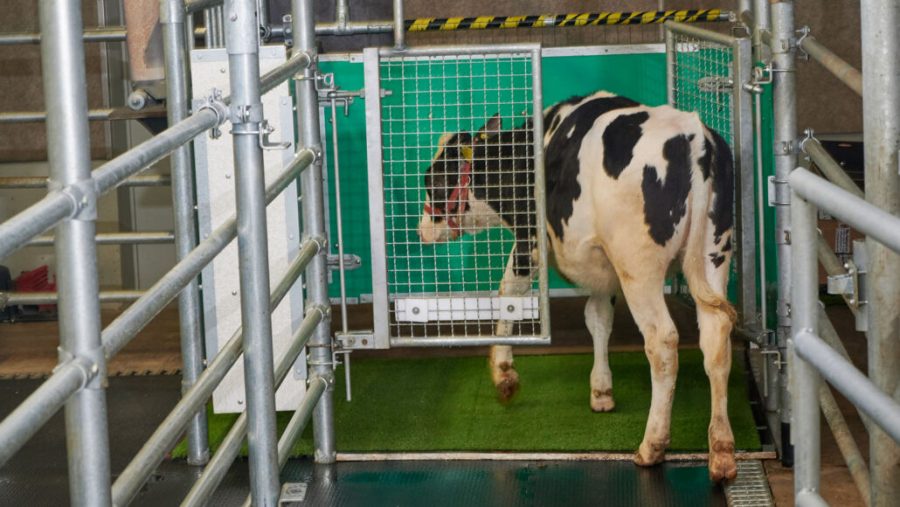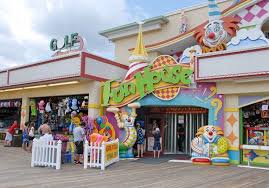Potty Trained Cows
March 31, 2022
Eight gallons a day worth of urine per cow can now be contained using new potty training methods. Why is this important? The new ability to capture and treat this urine could make a large impact on air pollution. The “MooLoo” was created as a lavatory for cows. The young cattle will learn how to use the “MooLoo,” and from that, farmers can collect and reuse the urine for fertilizer. The goal is to control the harmful impact of nitrous oxide within the environment. The challenge faced, however, is the difficulty in potty training cows.
Scientists discovered it was much easier than one would think. The calves took to the training very easily. It is a learning rate seen in two to four-year-old children. It only took fifteen days to train the calves, which is much shorter than it usually takes to potty train children. The Holstein calves were taught to urinate in an enclosed area designed to collect their excrement. If they did, they were rewarded with crushed barley or a molasses mixture.
The experiments were conducted in an indoor facility at FBN (Farmers Business Network). Scientists used diuretics to encourage the calves to pee. The subjects roamed until they needed to go and then hurried to the pens. Eleven out of the sixteen subjects successfully used the “MooLoo” on their own and received their rightfully deserved reward.
Now that it has been seen that cows can be potty trained, it is time for the next step. Learning how to use this practice for larger herds and aiding farmers in understanding why this is so important for the environment. The goal is to make the practice automated. This would consist of automated training systems and automated reward systems. These systems would take a long time to create, but the results could significantly impact the environment. If 80 percent of cow urine was collected in latrines, it could cut associated ammonia emissions in half, as suggested by previous research.
When cows urinate in barns, the pee typically mixes with their feces and emits the air pollutant ammonia. Since the cows would have a designated location to pee, they would be living more comfortably too. When they are out in their pastures, their pee can leach into nearby waterways and release the greenhouse gas nitrous oxide. Through the use of the “MooLoo,” water contamination would also be reduced, making this invention a spectacular environmental advancement.





